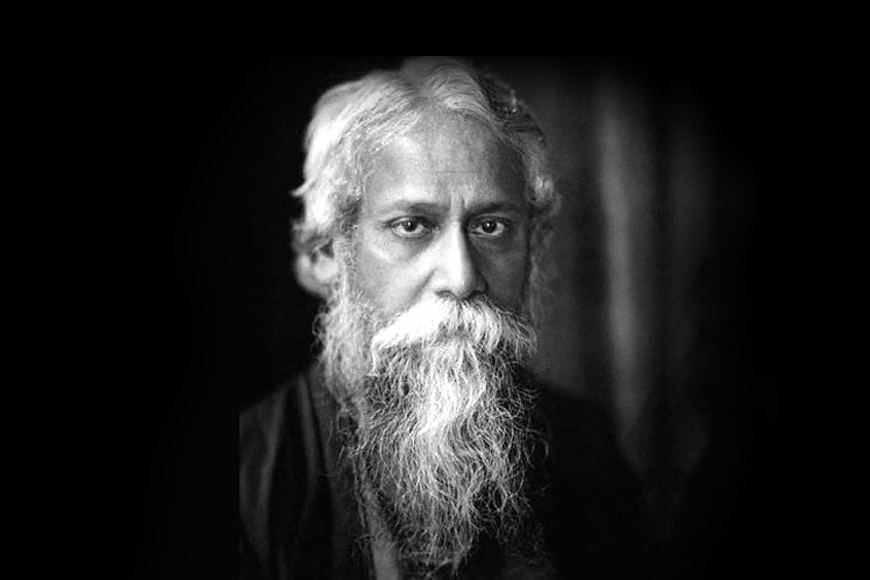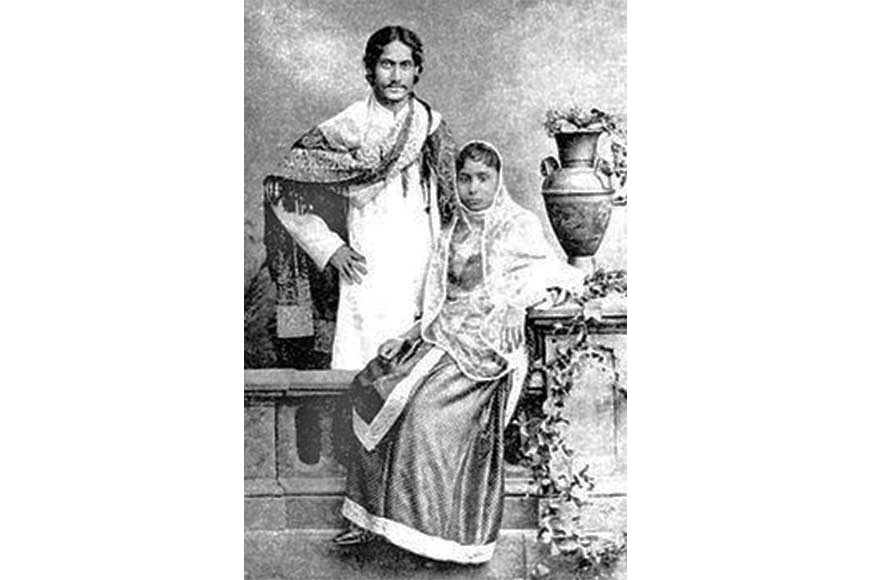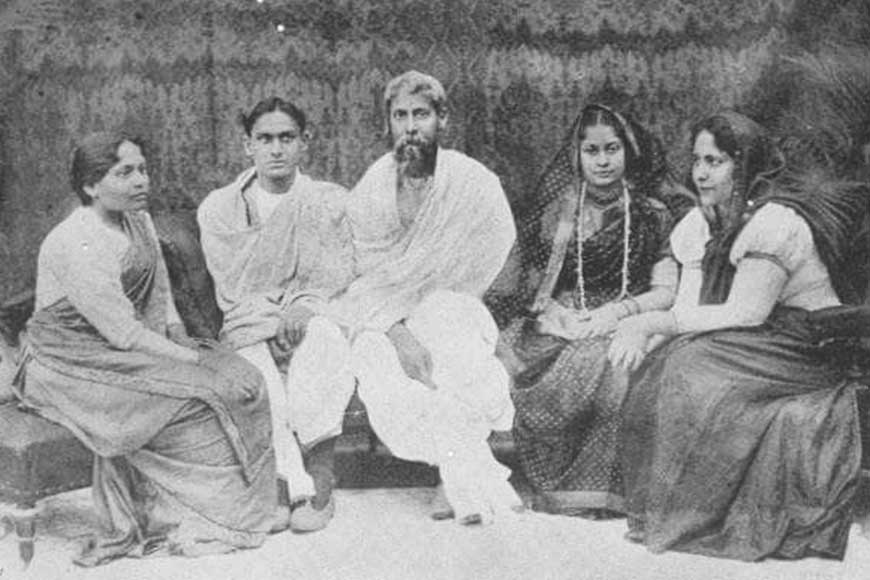Death never conquered Tagore, he had seen too much of it

For the younger generation of Bengalis, the phrase ‘Baishe Srabon’ would probably mean the 2011 film by Srijit Mukherji. For their slightly older counterparts, it could also mean the 1960 film of the same name by Mrinal Sen. The origin of both titles, of course, is the day Rabindranath Tagore left us forever, the 22nd day (baish is Bengali for 22) of the Bengali month of Shravan, 1941, which coincided with August 7 in the Gregorian calendar that year.
Ironically, neither of the films have anything to do with Tagore directly, yet both evoke a strong connection with Bengal’s most iconic global citizen - and both use death as a medium to establish the connection. And perhaps no other creative genius in the world has devoted as much thought and articulation to death as Rabindranath Tagore.
“Death is not extinguishing the light; it is only putting out the lamp because the dawn has come.” This is a quote frequently ascribed to Tagore, though the source is almost never mentioned. Whether he truly wrote this or not, his views on death were shaped by a series of personal losses, beginning with the death of his mother Sarada Devi in 1875 when he was just 14, and going on to the tragic suicide of his sister-in-law, mentor, confidante, and muse Kadambari Devi in 1884, just months after he married Mrinalini Devi.
 Mrinalini Devi and Rabindranath Tagore
Mrinalini Devi and Rabindranath Tagore
Kadambari’s death would leave a permanent imprint on his soul, as would the death of his beloved Mrinalini (who he affectionately addressed as ‘Chhuti’ in his letters) in 1902. The very next year, in September, he lost his second daughter Renuka (Rani) to tuberculosis, when she was just 13. In May of that year, Tagore had taken her to the Himalayas, hoping a change of scene would cure her deadly affliction.
Not only did this not happen, but in 1907, his youngest child Samindranath (Shami) died of cholera at the age of 11. As the boy lay on his deathbed, his terrified, helpless father prayed in an adjoining room. Years later, he would invoke memories of that terrible night in a letter to his youngest daughter Atasilata (Mira), as yet another terrible and rarely discussed death struck the family - that of Mira’s only child and Tagore’s only grandson Nitindranath Ganguly, the sole offspring of Mira’s permanently troubled marriage to Nagendranath Ganguly. In a tragic coincidence, Nitu’s death was to become a precursor to the passing of Tagore himself. The common factor? The date - the 22nd day of Shravan.
Also read : The day Rabindranath became immortal
Only 21 when he died, ‘Nitu’ had largely grown up around his celebrated maternal grandfather thanks to the estrangement of his parents. As a child, the boy drew attention with his acting and singing skills, clearly inherited from his mother’s side of the family. In 1931, Tagore sent him to Germany to study printing technology, but the young man fell ill very shortly, and nearly a year later, died quietly with his mother by his side. The date - August 7 or 22 Shravan, 1932. Exactly nine years later, Tagore followed his cherished Nitu into the great unknown.
In a letter to Mira after Nitu’s death, Tagore had written, “The night before Shami departed, I told myself with all my heart that he must have a smooth voyage into the Great Beyond - my grief must not hold him back even a little. In the same way, when I heard that Nitu had left us, for days I repeated to myself that I had no responsibility left, except to pray that he should find well-being in that Infinite to which he has gone.” (Source: Selected Letters of Rabindranath Tagore, Krishna Dutta & Andrew Robinson, 1997).
 Tagore with his family
Tagore with his family
In the interim, the poet had absorbed yet another crushing blow, the death of his eldest daughter Madhurilata (Beli), who many think was his favourite child, from tuberculosis in 1918.
A lesser being would probably have found it impossible to absorb the repeated blows that life dealt this man. And yet, he was able to write: ‘আছে দুঃখ, আছে মৃত্যু, বিরহদহন লাগে/ তবুও শান্তি, তবু আনন্দ, তবু অনন্ত জাগে’ (there is sorrow, there is death, there is the pain of parting/ and still, peace, and joy, and the eternal rise up).
On September 25, 1914, in a letter to son Rathindranath, Tagore had written about his own depression, a death wish, rage, and suicidal ideas. “All day and night, I keep thinking of, and wishing for, death. I feel I have done nothing, and can do nothing. My life is an utter failure…” In the same vein, on January 29, 1915 he wrote to Charles Andrews: “I feel that I am on the brink of a breakdown.”
And yet, by February 2, 1915, he was again writing to Rathindranath about how all his anxiety and sorrow had vanished in the soothing environs of Shilaidaha. “Tasya chhayamritang tasya mrityu – immortality is the shadow of Him whose shadow is also death… after all this time, I can taste immortality again…”
The depth of his philosophy, the breadth of his wisdom, have ensured that Rabindranath too, will remain immortal in our midst. Death, as he would write, is as beloved as life.










